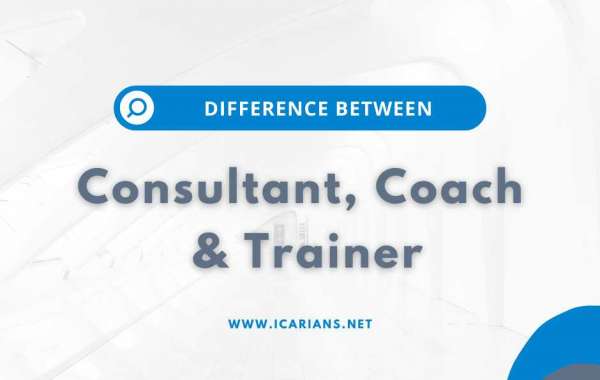In a recent survey published by Forbes in 2023, a staggering 59% of employees reported receiving no workplace training. This trend underscores a critical gap between the recognition of the importance of training and the actual implementation of comprehensive employee development programs.
Recognizing Training as an Investment
All too often, organizations view employee training as an expense rather than a strategic investment. However, those that prioritize workplace training understand its transformative impact on organizational success. Investing in training is synonymous with investing in the future of the company.
The Value of Employee Training Programs
Employee training programs serve as a vital tool for organizations aiming to enhance workforce skills and productivity. Beyond merely filling knowledge gaps, these programs cultivate a culture of continuous improvement and adaptability within the workforce.
Types of Employee Training Programs -
1. Orientation Training: Introducing new hires to the organization's culture, values, and processes.
2. Onboarding Training: Comprehensive training for new employees to ensure a smooth integration into their roles.
3. Compliance Training: Ensuring employees understand and adhere to industry regulations and company policies.
4. Product Training: Equipping employees with in-depth knowledge about company products and services.
5. Leadership Training: Developing leadership skills among employees at all levels of the organization.
6. Technical Training: Enhancing employees' technical skills to meet evolving job requirements.
7. Quality Assurance (Q/A) Training: Ensuring consistent product and service quality through standardized training.
8. Sales Training: Providing sales teams with the tools and techniques to drive revenue growth.
9. Soft-Skills Training: Enhancing interpersonal and communication skills crucial for workplace success.
10. Team Training: Building effective teamwork and collaboration among employees.
11. Diversity Training: Promoting understanding and inclusion across diverse workforce demographics.
12. Safety Training: Ensuring employee well-being and compliance with safety protocols.
13. Upskilling: Enhancing existing skills to keep pace with industry advancements.
14. Reskilling: Equipping employees with new skills to adapt to changing job roles and market demands.
From onboarding to upskilling, employee training programs play a pivotal role in aligning individual growth with organizational objectives. By investing in employee development, organizations cultivate a workforce that is not only skilled but also adaptable and resilient in the face of evolving challenges.
_________
Create your Trainers Profile today at icarians.net/trainers and Claim your Free website.














